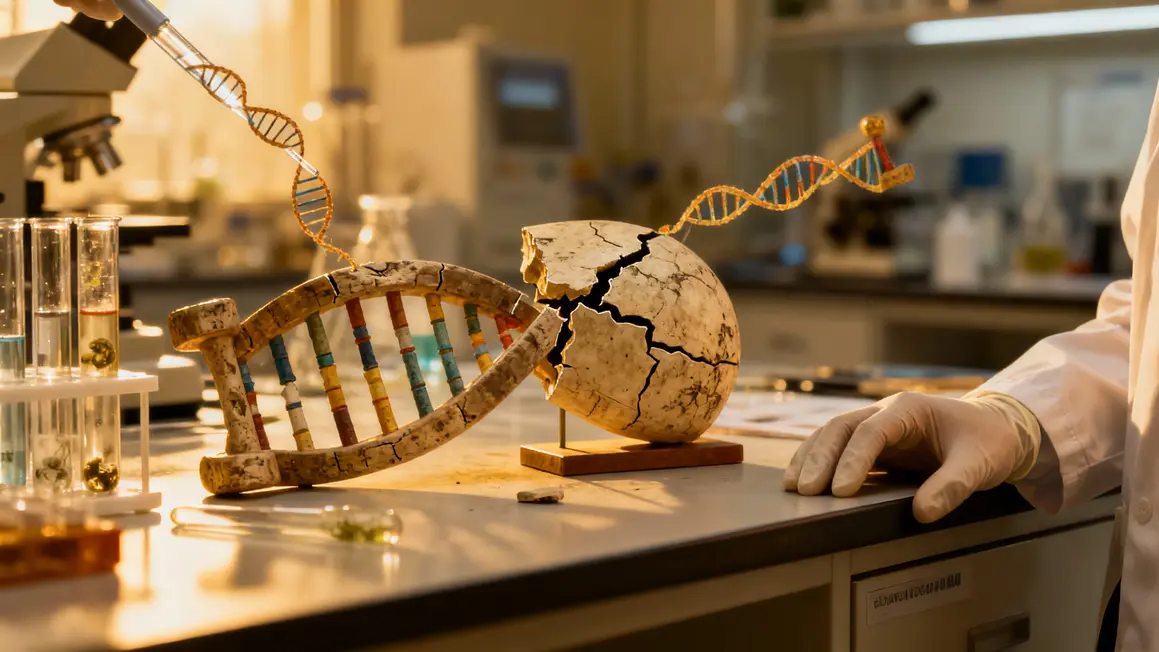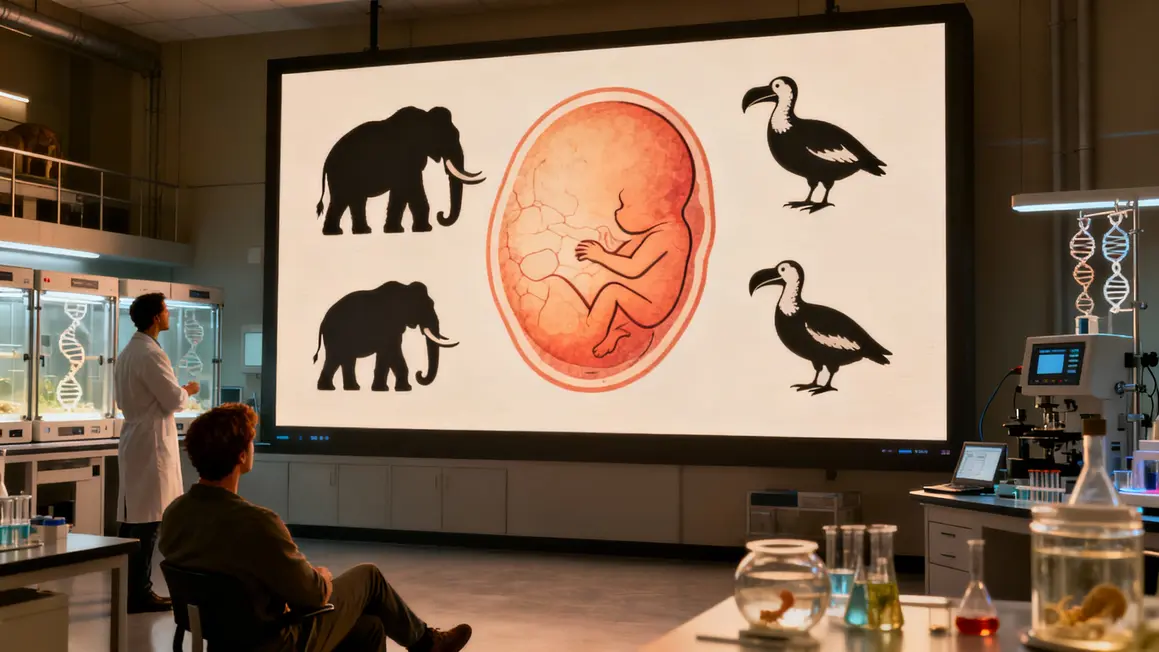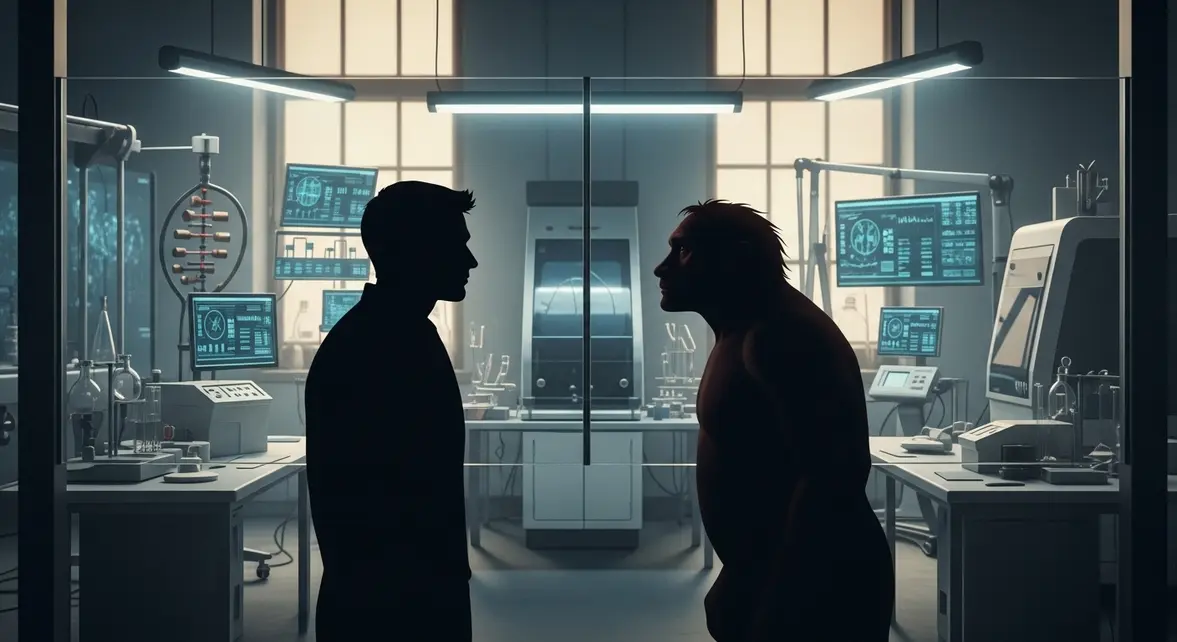This week, the talk among scientists isn’t just about ancient bonesit’s about a genuine possibility: bringing back Neanderthals within 20 years, thanks to the latest breakthroughs in gene editing.
Imagine waking up to the news that our closest extinct relatives could be born in a high-tech lab or even delivered by a surrogate.
How far would we go just to meet a different branch of humanity?
The emotional and ethical stakes have never felt so real.
The Genetic Puzzle of Neanderthals: Understanding Their DNA

When researchers mapped the Neanderthal genome in 2010, it sparked a wave of fascination.
They had to decode fragmented ancient DNA, battling decay and contamination.
Out of this complex process came an unexpected revelation: modern humans and Neanderthals share 99.7% of their DNA.
Yet, those tiny differences, the last 0.3%, helped shape two distinct histories.
Today, some people even carry traces of Neanderthal genes, a fleeting genetic echo from ancient interbreeding.
Neanderthals adapted to intense cold and had unique energy metabolisms.
Their brain-related genes raised curiosity about how they might have thought or socialized.
Now, scientists are asking a bold questioncould we ever reset that genetic clock?
Technology offers tempting possibilities, but the journey is full of scientific hurdles and moral crossroads.
The Promise of De-Extinction: Restoring Lost Species

Bringing back extinct creatures isn’t just science fiction anymore.
Projects for the woolly mammoth and passenger pigeon are already underway, relying on cutting-edge tools like CRISPR-Cas9, which can rewrite DNA with precision.
If researchers apply these techniques to Neanderthal DNA, modifying human stem cells could, in theory, produce a living organism with ancient traits.
But that’s where the conversation gets heated.
Reviving Neanderthals isn’t just about sequenced genesunlike with animals, you’d need to find a viable way to gestate them.
The idea of human surrogacy for an extinct relative makes the ethical tension palpable.
Can We Actually Bring Neanderthals Back to Life?
Gene editing has its limits.
CRISPR can make changes, but patching the thousands of missing pieces in ancient DNA gets risky.
Plus, the lack of living cells and the need for a surrogate raise tough biological and moral questions.
“Nobody actually knows what would happen,” admits experts who study de-extinctionunexpected health problems, failed pregnancies, or unpredictable development could all arise.
Researchers like George Church see hope in advancing technology, but others warn about unknowns.
Would a revived Neanderthal thrive or struggle medically and psychologically?
There’s no clear answer, and that uncertainty amplifies the stakes.
What Would We Learn from Resurrecting Neanderthals?
The allure for science is huge.
Unlocking ancient traitssuch as cold resistance or immunitycould lead to medical progress.
Studying their cognition and physical abilities might shed new light on our own evolution.
But the truth is, a “lab-born” Neanderthal would face an environment it was never meant for.
What we’d learn might be limited to biology, missing the culture and context that made Neanderthals who they were.
There’s also doubt about authenticity.
Would we just be making a hybrida person with selected Neanderthal genesbut not a genuine member of an extinct population?
Ethical Dilemmas: Can We Justify Resurrecting an Extinct Human Species?
The debates roiling the scientific community center on consent and dignity.
Creating a new Neanderthal, with no ancestry or peers, could mean a life of isolation and difference.
Our chequered history of “othering” those who seem different haunts these questions.
Would the benefits of knowledge ever justify the deep risks to a Neanderthal’s wellbeing?
The Potential Risks and Unintended Consequences
There’s a minefield of risk.
Modifying DNA might introduce harmful mutations, causing medical issues for the resulting person.
New pathogens could emerge, or revived Neanderthals might struggle to adapt to today’s world.
Socially, the arrival of “another kind of human” could spark debates about rights and status.
Would anyone be ready to offer them genuine inclusion?
- Legal complexities: rights, recognition and status
- Social alienation and discrimination risks
- Biological unpredictabilitymutations, disease, adaptation
Each step into the unknown begs for cautionand perhaps, more humility.
Alternatives to Reviving Neanderthals
Instead of attempting a full resurrection, many scientists focus on sequencing ancient DNA, analyzing fossils with advanced imaging, and interpreting cultural artifacts.
These methods provide tangible knowledge without crossing ethical lines, revealing how Neanderthals lived, adapted, and survived.
High-resolution scans, chemical analyses of bones and teeth, and reexamination of sites continue to unlock answersno lab-grown beings required.
| Alternative Method | Key Insights | Limitations Avoided |
|---|---|---|
| Genetic Analysis | Tracks evolution, disease resistance | No genetic tampering |
| Imaging & Fossils | Physical traits, brain function | No creation of beings |
| Archaeology | Cultural life, adaptation | Respects boundaries |
This approach helps answer essential questions about Neanderthals, without the ethical strain of full-scale de-extinction.
The Wider Implications: Science, Identity and Who Decides?
If someone did succeed in bringing back a Neanderthal, our sense of humanity could shift overnight.
How would we integrate them socially and legally?
What rights, protections, or opportunities would extend to an individual outside the timeline of human experience?
For many, the bigger question isn’t just about scientific possibility, but about who decidesand whether we’re ready for what comes next.
“Ensuring dignity for any resurrected being should come before curiosity or experimentation.”
Is it wiser to invest in protecting today’s biodiversity, or in chasing what’s been lost forever?
The topic leaves us with more questions than answers, and a sense of responsibility that feels heavier than ever.
Would you welcome the rebirth of our ancient cousins, or does this boundary feel too risky to cross?
Should science pause and listen, or dare to move forward?
Spark the conversation belowand share this story with anyone you think may have opinion or insight to add.
Sources :
Live Science
Wyss Institute / Harvard


